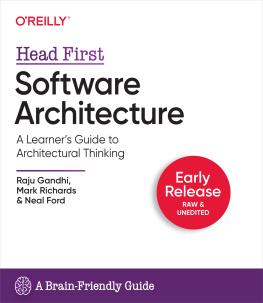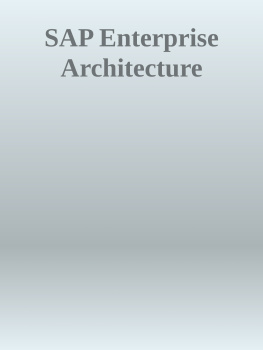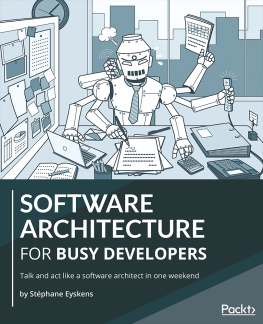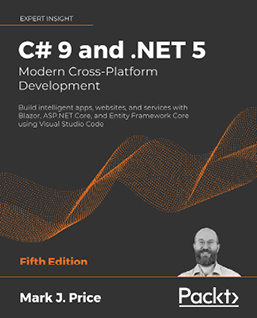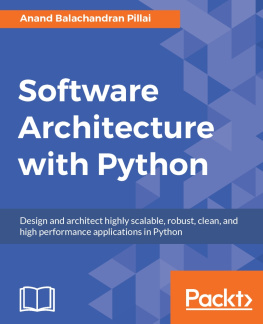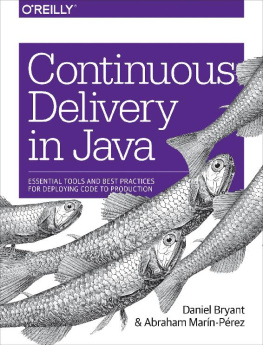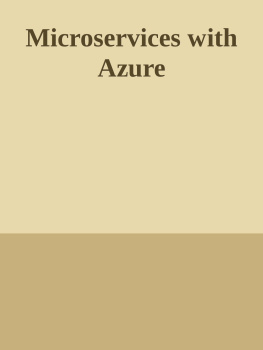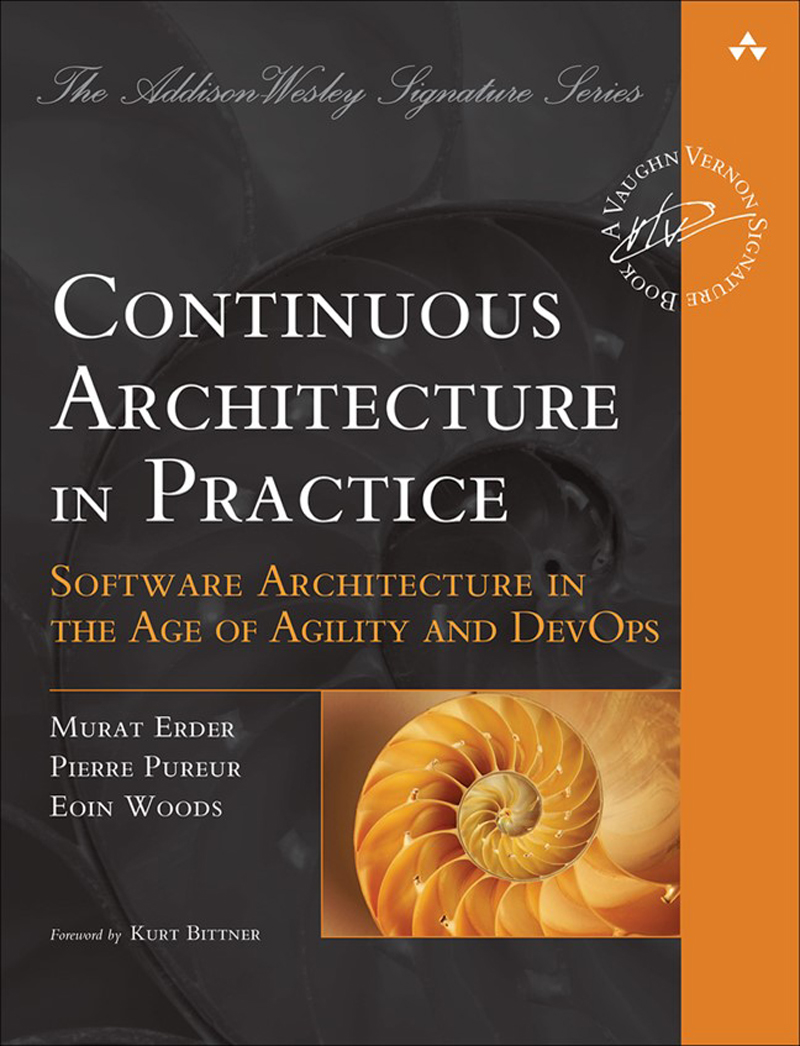Murat Erder - Continuous Architecture in Practice: Software Architecture in the Age of Agility and DevOps
Here you can read online Murat Erder - Continuous Architecture in Practice: Software Architecture in the Age of Agility and DevOps full text of the book (entire story) in english for free. Download pdf and epub, get meaning, cover and reviews about this ebook. year: 2021, publisher: Addison-Wesley Professional, genre: Computer. Description of the work, (preface) as well as reviews are available. Best literature library LitArk.com created for fans of good reading and offers a wide selection of genres:
Romance novel
Science fiction
Adventure
Detective
Science
History
Home and family
Prose
Art
Politics
Computer
Non-fiction
Religion
Business
Children
Humor
Choose a favorite category and find really read worthwhile books. Enjoy immersion in the world of imagination, feel the emotions of the characters or learn something new for yourself, make an fascinating discovery.

- Book:Continuous Architecture in Practice: Software Architecture in the Age of Agility and DevOps
- Author:
- Publisher:Addison-Wesley Professional
- Genre:
- Year:2021
- Rating:3 / 5
- Favourites:Add to favourites
- Your mark:
Continuous Architecture in Practice: Software Architecture in the Age of Agility and DevOps: summary, description and annotation
We offer to read an annotation, description, summary or preface (depends on what the author of the book "Continuous Architecture in Practice: Software Architecture in the Age of Agility and DevOps" wrote himself). If you haven't found the necessary information about the book — write in the comments, we will try to find it.
--Kurt Bittner, VP, Enterprise Solutions, Scrum.org
Authors Murat Erder, Pierre Pureur, and Eoin Woods have taken their extensive enterprise architecture experience and applied it to the practical aspects of continuous architecture in real-world environments. Continuous Architecture in Practice provides hands-on advice for leveraging continuous architecture in real-world environments and illuminates architectures changing role in the age of Agile, DevSecOps, and cloud platforms. This guide will help technologists update their architecture practice for new application challenges. As part of the Vaughn Vernon Addison-Wesley Signature Series, this title was hand-selected for the practical, delivery-oriented knowledge that architects and software engineers can quickly apply. It includes in-depth guidance for addressing todays key quality attributes, including cross-cutting concerns such as security, performance, scalability, resilience, data, and innovation. Each key technique is demonstrated through a start-to-finish case study reflecting the authors deep experience evolving complex software environments.
- Create sustainable, coherent systems that meet functional requirements and the quality attributes stakeholders care about
- Understand team-based software architecture and architecture as a flow of decisions
- Reflect varied data technologies and crucial issues of data management, integration, and change
- Architect for security, including continuous threat modeling and mitigation
- Use architecture to improve performance in continuous delivery environments
- Architect for scalability and scale microservices and serverless environments
- Use architecture to apply emerging technologies more successfully
Murat Erder: author's other books
Who wrote Continuous Architecture in Practice: Software Architecture in the Age of Agility and DevOps? Find out the surname, the name of the author of the book and a list of all author's works by series.

